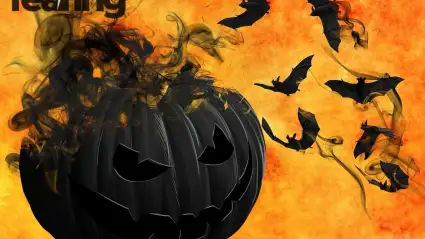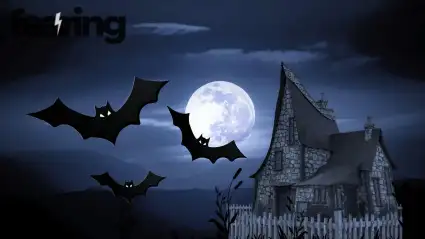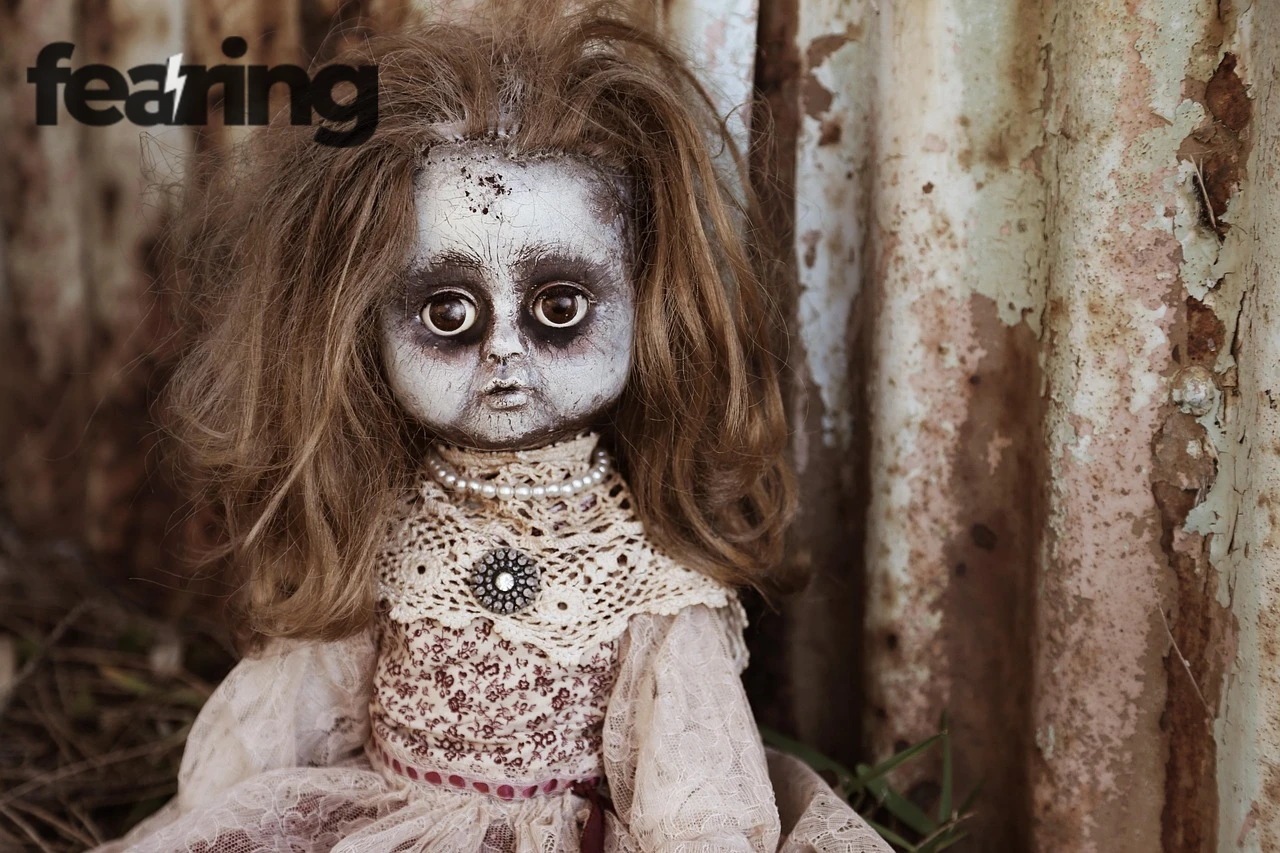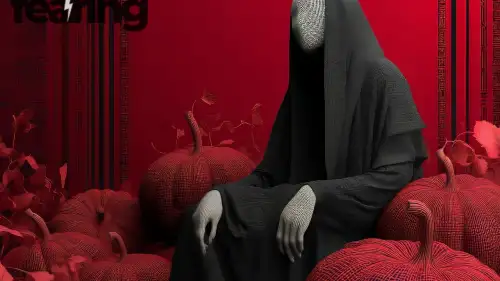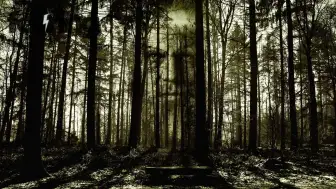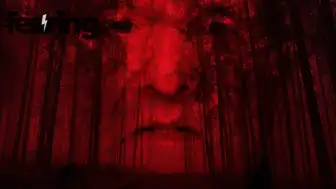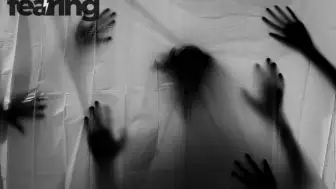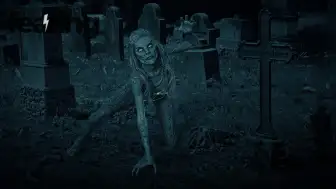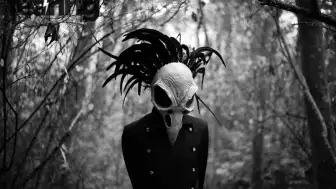Scary Stories capture what logic can’t explain. They twist everyday life — a creaking door, a reflection, a half-heard whisper — into reminders that fear never truly disappears. Across cultures and centuries, people have told stories meant to terrify, warn, or heal. The difference between myth and memory often blurs, leaving us unsure whether horror lies outside us or within.
Writer Neil Gaiman said, “Fear is hope in disguise — it means we still want to live.” Scary stories remind us that fear itself is proof of being alive.
Why Fear Feels So Familiar
Psychologists explain that fear is one of the oldest human emotions, designed to keep us safe. When we hear a horror story, our brain activates the same survival systems triggered by real danger — but without the risk.
Neuroscientist Dr. Chris French states, “Your heartbeat, sweat, and alertness all increase, but you know you’re safe. That tension and release is addictive.” Modern research from the Cultural Analytics Journal 2025 found that controlled fear raises dopamine levels by 35%, creating both stress and euphoria.
Stories That Shaped the Horror Genre
From gothic novels to contemporary fiction, certain tales have defined generations of fear.
| Title | Author | Year | What Makes It Terrifying |
|---|---|---|---|
| The Turn of the Screw | Henry James | 1898 | Unclear whether the ghosts are real or imagined |
| The Call of Cthulhu | H.P. Lovecraft | 1928 | Cosmic horror that dwarfs human importance |
| The Lottery | Shirley Jackson | 1948 | Horror rooted in social tradition and conformity |
| The Haunting of Hill House | Shirley Jackson | 1959 | Madness and loneliness disguised as haunting |
| Pet Sematary | Stephen King | 1983 | The unbearable cost of refusing to let go |
These works endure not for their monsters, but their humanity. As critic Evelyn Chase explains, “The scariest stories are the ones that convince us the evil was ours all along.”
Modern Scary Stories That Mirror Our Time
Today’s horror thrives in realism — digital isolation, urban anxiety, and the terror of being watched. Popular culture reflects our modern fears through short-form storytelling on platforms like Reddit’s r/nosleep and YouTube’s “True Horror” channels.
Notable contemporary scary stories include:
The Backrooms: Endless yellow corridors where time and logic collapse.
The Smiling Man: A stranger in the street who never stops grinning.
The Russian Sleep Experiment: A government experiment gone wrong, told as false history.
The Expressionless: A hospital patient whose face hides something not human.
The Black-Eyed Children: Modern folklore blending urban safety fears with supernatural dread.
Folklorist Dr. Sarah Bartlett comments, “Our monsters evolve, but they never leave. Today’s demons live in our devices instead of the dark.”
The Psychology of Storytelling and Fear
Humans use stories to make chaos understandable. Horror provides emotional rehearsal — we face loss, isolation, and mortality in controlled form.
Clinical psychologist Dr. Ibrahim Kaya notes, “A good scary story isn’t about dying. It’s about surviving the possibility.” This explains why people rewatch horror movies even knowing the ending — fear becomes comfort through repetition.
How Real Events Become Scary Stories
Some of the most haunting tales begin in truth. Disasters, unexplained deaths, and unsolved mysteries inspire narratives that spread faster than facts.
The Dyatlov Pass Incident (Russia, 1959): Nine hikers died under strange conditions. Official reports suggest hypothermia; folklore insists on something unearthly.
The Hinterkaifeck Murders (Germany, 1922): A family murdered by an unseen killer who may have lived in their attic.
The Villisca Axe Murders (USA, 1912): The house remains open for overnight stays — visitors claim to hear footsteps and whispers.
Aokigahara Forest (Japan): Known as the “Sea of Trees,” it remains a symbol of sorrow and the supernatural.
The Bell Witch (USA): A 19th-century haunting documented by multiple witnesses, still discussed today.
Historian Mary Roach says, “When facts fade, fear fills the gaps. That’s where scary stories are born.”
Why Some People Don’t Get Scared
Neuroscience shows that people who enjoy horror have higher tolerance for uncertainty. Their brains produce stronger prefrontal responses, allowing them to control anxiety during simulated danger.
Dr. Dean Burnett explains, “They aren’t fearless — they’re better at managing fear. They enjoy the rehearsal.” For others, horror feels overwhelming because the boundary between imagination and memory collapses too easily.
Global Legends That Refuse to Die
| Region | Local Legend | Core Fear |
|---|---|---|
| Mexico | La Llorona — The Weeping Woman | Guilt, motherhood, and loss |
| Japan | Kuchisake-Onna — The Slit-Mouthed Woman | Vanity and punishment |
| Ireland | The Banshee | Premonition of death |
| Turkey | Karakoncolos | Trickery and isolation in winter |
| Nigeria | The Lady of the Crossroads | Spirits testing moral choices |
Cultural anthropologist Lena Ortiz explains, “Every culture invents the same monster — only the mask changes.”
Fear in the Digital Era
The internet turned storytelling into an interactive experience. Millions share short horrors designed to feel personal, immediate, and true. Artificial intelligence now generates customized fear narratives that react to the reader’s heartbeat, voice, or camera input.
Tech ethicist Marina Lopez warns, “We are building haunted mirrors. The stories that scare us online are learning who we are.”
As algorithms learn emotional response, digital horror may evolve into the most intimate form of fear yet — stories that literally know what frightens you.
The Human Purpose of Scary Stories
Ultimately, scary stories connect us to the parts of ourselves we’d rather forget — guilt, grief, and wonder. They transform vulnerability into art.
Author Stephen King wrote, “We invent ghosts because we need them. They make the world bigger.” In that sense, every scary story is an act of defiance against meaninglessness — proof that imagination still matters more than certainty.
FAQ
Q1: Why do people tell scary stories?
A1: To process fear safely, bond socially, and explore emotions that reality forbids.
Q2: What makes a story truly scary?
A2: Realism and relatability — the sense that it could happen to anyone.
Q3: Are scary stories harmful?
A3: Generally no; they can even reduce anxiety by exposing people to manageable fear.
Q4: What’s the difference between fear and horror?
A4: Fear is emotional; horror is philosophical — it questions the world’s order itself.
Q5: Why do some cultures embrace scary stories more than others?
A5: Societies facing frequent uncertainty often preserve stronger oral horror traditions as a way to explain chaos.
Sources
Cultural Analytics Journal 2025
Statista Global Fear Study 2025
New Scientist – The Neuroscience of Fear



